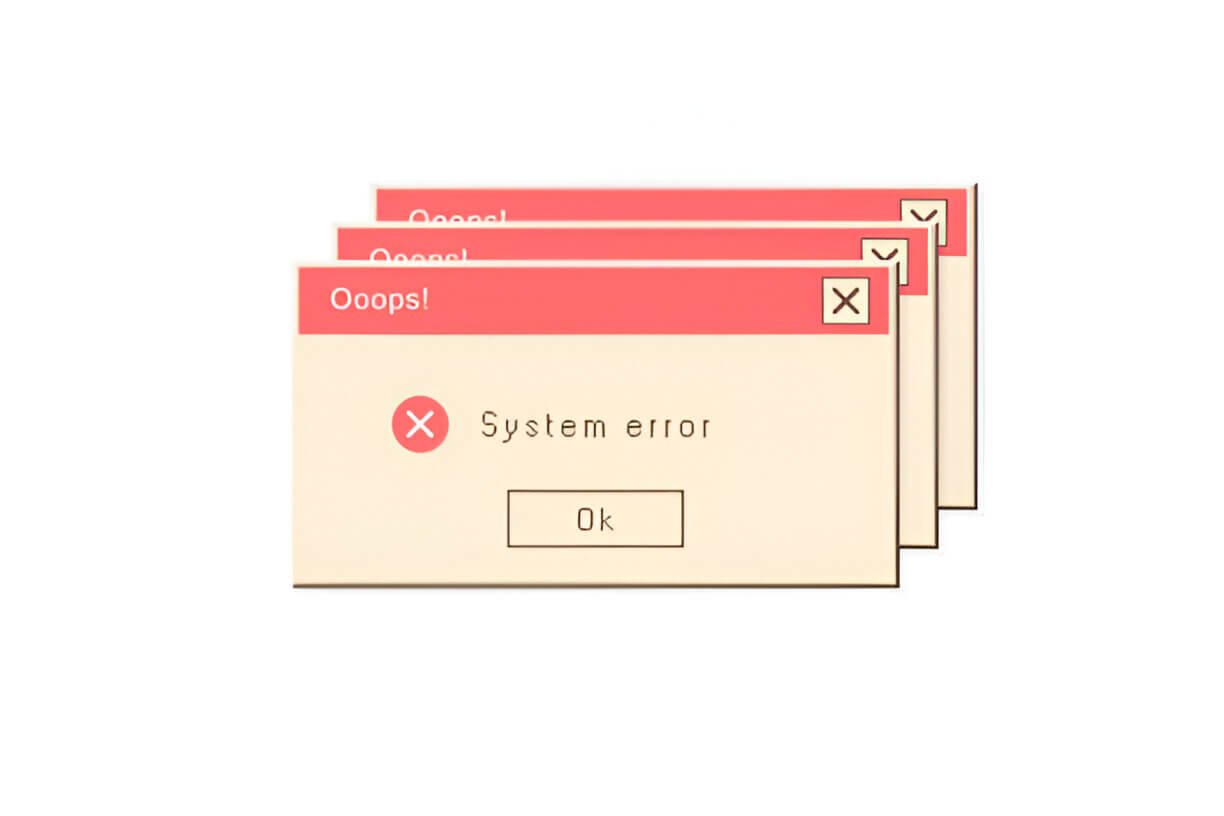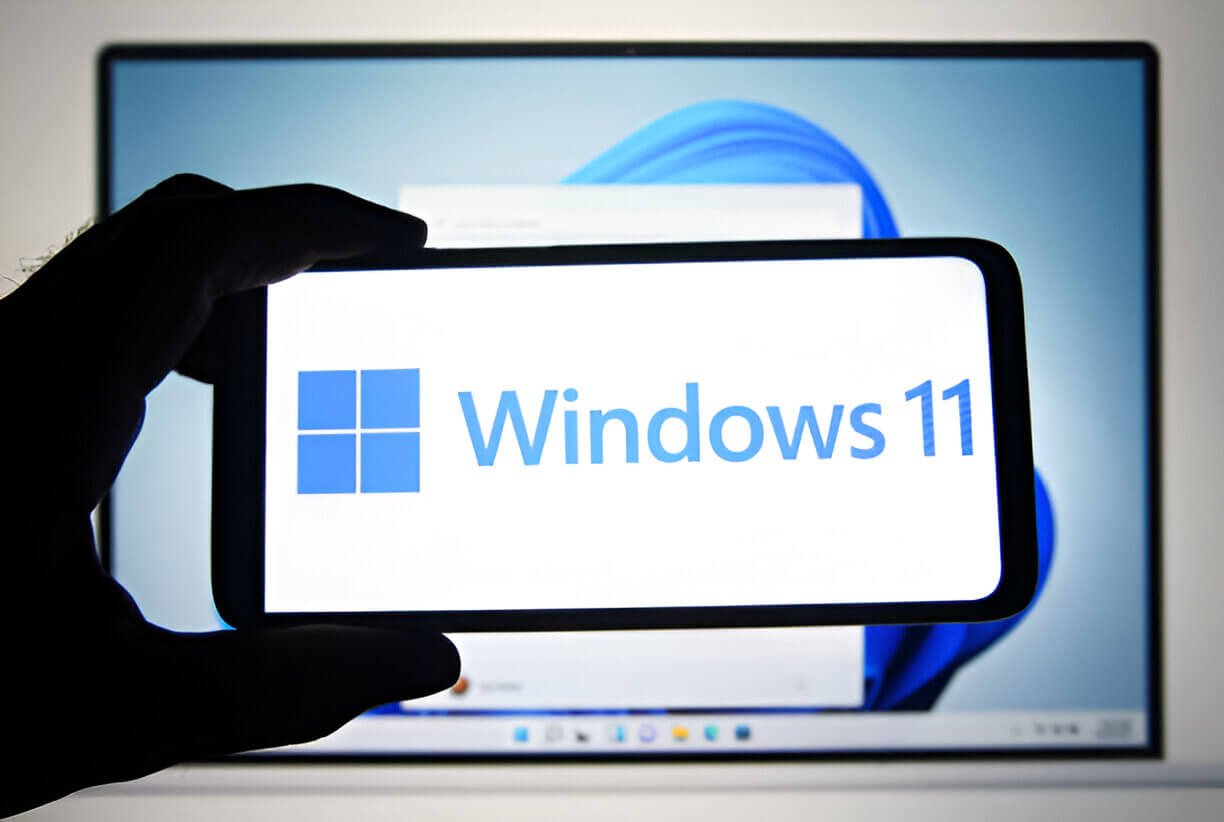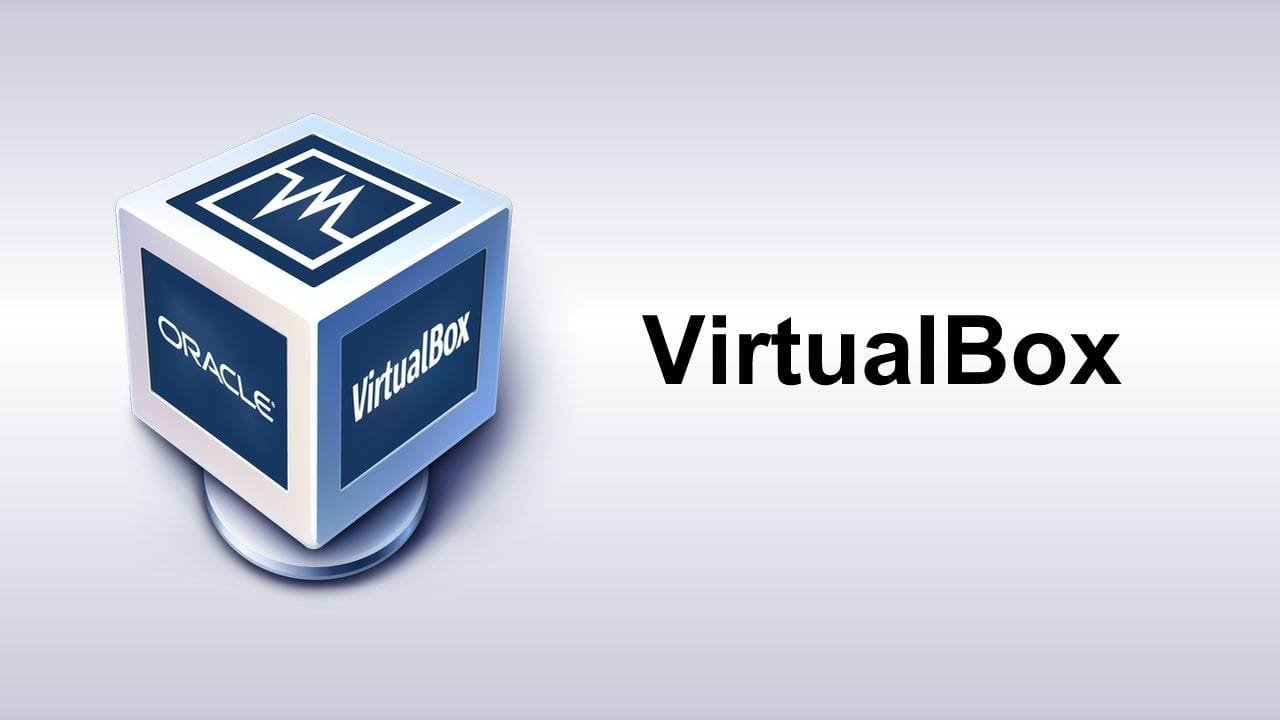StorNext is a highly scalable, high-performance file system and data management solution designed for data-intensive environments. It consists of two main components: the StorNext File System and the StorNext Storage Manager.
The StorNext File System is a shared file system that allows multiple clients to access and share data simultaneously. It provides a unified namespace, which means that all data appears to be stored in a single directory structure, regardless of the underlying physical storage devices. This file system is optimized for large files and high-performance workloads, making it suitable for industries such as media and entertainment, life sciences, and high-performance computing.
The StorNext Storage Manager is a hierarchical storage management (HSM) system that automatically moves data between different storage tiers based on user-defined policies. It allows organizations to leverage a combination of high-performance disk storage and cost-effective tape or cloud storage, ensuring that frequently accessed data is stored on fast storage devices while less frequently used data is moved to more economical storage tiers.
Windows Server 2003 was a widely adopted operating system for server environments, released by Microsoft in 2003. Despite being an older platform, it is still relevant in many IT environments today, particularly in legacy systems or applications that have not yet been migrated to newer versions of Windows Server.
While Microsoft ended mainstream support for Windows Server 2003 in 2010 and extended support in 2015, many organizations continue to use it due to the complexity and costs associated with migrating mission-critical applications and systems. However, running unsupported software poses significant security risks, and organizations should prioritize upgrading or implementing robust security measures to mitigate potential vulnerabilities.
Common Issues – Offline or Mapped By Other Users Windows 2003 Stornext
Mapped drives in Windows 2003 environments using StorNext can experience various issues that can significantly impact system performance and user productivity. One of the most common problems is drives going offline unexpectedly. This can happen due to network connectivity issues, improper configuration settings, or conflicts with other software or services running on the system.
When mapped drives go offline, users may experience access issues, such as being unable to open or save files on the shared drive. This can lead to frustration and disruptions in their workflow, ultimately affecting their productivity. Additionally, if the offline drive is a critical resource for applications or services, it can cause those applications or services to malfunction or crash, resulting in system downtime and potential data loss.
Another common issue is disconnections from mapped drives. Users may find themselves unexpectedly disconnected from the shared drive, losing any unsaved work and having to reconnect manually. This can be particularly problematic in environments where users frequently access and work with files on the shared drive, as it can lead to frequent interruptions and potential data corruption if files are not properly saved before the disconnection occurs.
These issues can have a significant impact on system performance as well. When drives go offline or users experience frequent disconnections, it can lead to increased network traffic as the system attempts to reconnect or reestablish connections. This can strain network resources and potentially slow down other network-dependent operations, further compounding the performance issues.
Overall, mapped drive issues in Windows 2003 environments using StorNext can be a major source of frustration for users and IT administrators alike. Resolving these issues promptly and implementing preventive measures is crucial for maintaining system reliability, ensuring user productivity, and minimizing potential data loss or corruption.
Troubleshooting Mapped Drive Issues
Resolving mapped drive issues in a Windows 2003 environment with StorNext requires a systematic approach to identify and address the root cause of the problem. Here’s a step-by-step guide to diagnose and resolve common issues:
1. Check Network Connectivity
Ensure that the client machine and the StorNext file server are connected to the network and can communicate with each other. Verify that the network cables are properly connected, and the network adapters are functioning correctly. You can use the ping command to test connectivity between the client and the server.
2. Verify SMB Settings
StorNext uses the Server Message Block (SMB) protocol for file sharing in Windows environments. Check that the SMB settings on both the client and the server are configured correctly. Ensure that the necessary ports are open and that the SMB services are running.
3. Adjust LAN Card Power Settings
Sometimes, mapped drive issues can arise due to the power management settings of the network adapter. To prevent the LAN card from going into power-saving mode, adjust the power settings to maximum performance or disable power management for the network adapter.
4. Review Firewall and Antivirus Configurations
Firewalls and antivirus software can sometimes interfere with network file sharing. Review the firewall settings on both the client and the server to ensure that the necessary ports are open for SMB traffic. Additionally, check the antivirus software settings to ensure that it is not blocking or interfering with the StorNext file system.
5. Perform Registry Edits and Policy Adjustments
In some cases, registry edits or Group Policy adjustments may be necessary to resolve mapped drive issues. For example, you may need to modify the KeepAliveTime and KeepAliveInterval registry values to prevent SMB connections from timing out. Additionally, you can adjust Group Policy settings to enable or disable specific SMB features or behaviors.
Throughout the troubleshooting process, it’s essential to document the steps taken and the changes made. This documentation can be invaluable for future reference or if you need to seek further assistance from technical support.
Best Practices for StorNext File System Management
Proper configuration and maintenance of StorNext file systems are crucial for ensuring optimal performance, reliability, and preventing issues with mapped drives in Windows 2003 environments. Here are some best practices to follow:
Optimal Configuration
- Allocate Sufficient Resources: Ensure that the StorNext server and metadata controllers have adequate CPU, memory, and disk resources to handle the workload. Regularly monitor resource utilization and plan for growth.
- Optimize File System Layout: Carefully plan the file system layout, considering factors such as data access patterns, performance requirements, and capacity needs. Separate metadata and user data onto different storage pools or file systems for better performance.
- Tune StorNext Parameters: StorNext provides numerous tuning parameters that can be adjusted to optimize performance based on your specific workload and environment. Refer to the StorNext documentation and consult with experts to fine-tune these settings.
Maintenance and Prevention
- Regular Backups: Implement a robust backup strategy for StorNext file systems and metadata. Regularly test backup and restore procedures to ensure data integrity and recoverability.
- Monitoring and Alerts: Configure monitoring tools and alerts to proactively identify and address potential issues, such as disk failures, resource constraints, or performance degradation.
- File System Checks and Repairs: Regularly perform file system checks (e.g., snfsdefrag) to identify and resolve any inconsistencies or fragmentation. Schedule periodic file system repairs (snfsdefrag -V) to maintain data integrity.
- Network Optimization: Ensure that the network infrastructure supporting StorNext is properly configured and optimized for performance. Consider factors like jumbo frames, flow control, and quality of service (QoS) settings.
Updates and Patches
- Stay Up-to-Date: Regularly apply StorNext software updates and patches released by the vendor. These updates often include bug fixes, performance improvements, and new features that can enhance system stability and functionality.
- Test Before Deploying: Before deploying updates or patches in production environments, thoroughly test them in a non-production environment to identify and address any potential issues or compatibility problems.
- Follow Change Management Procedures: Implement a robust change management process for StorNext updates and configuration changes. Document all changes, perform thorough testing, and have rollback plans in place.
By following these best practices, you can ensure that your StorNext file systems are optimally configured, well-maintained, and less prone to issues like mapped drives going offline or experiencing access problems in Windows 2003 environments.
Advanced Solutions and Automation
While the basic troubleshooting steps can often resolve mapped drive issues, there are more advanced solutions and automation techniques that can help streamline the process and provide proactive monitoring and management.
Using PowerShell Scripts
PowerShell scripts can be a powerful tool for automating various tasks related to mapped drive management in Windows 2003 environments. These scripts can be used to perform routine checks, gather diagnostic information, and even resolve certain issues automatically.
One example is a script that checks the status of all mapped drives on a regular schedule and logs any issues to a centralized location. This can help identify potential problems before they escalate and impact users.
Another useful script could automate the process of remapping drives that have become disconnected or gone offline. By leveraging PowerShell’s built-in cmdlets for managing network shares and drive mappings, this script can help restore access quickly and efficiently.
Configuring Storage Policies and User Access Controls
Proper configuration of storage policies and user access controls can go a long way in preventing mapped drive issues from occurring in the first place. StorNext offers granular control over file system permissions, quotas, and data protection policies.
By carefully defining and implementing these policies, administrators can ensure that users only have access to the resources they need, preventing accidental or unauthorized modifications that could lead to drive disconnections or other problems.
Additionally, setting up appropriate data protection policies, such as snapshots or replication, can provide a safety net in case of data loss or corruption, allowing for quick recovery and minimizing downtime.
Setting Up Email Notifications for Drive Status Changes
Proactive monitoring and alerting can be a valuable tool in managing mapped drive issues. By setting up email notifications for drive status changes, administrators can be alerted immediately when a drive goes offline, becomes disconnected, or experiences any other issue.
These notifications can be configured to include relevant diagnostic information, such as the affected drive, user account, and any error messages or codes. This can help streamline the troubleshooting process by providing valuable context and details upfront.
Additionally, notifications can be set up to alert different teams or individuals based on the severity or nature of the issue, ensuring that the right personnel are involved from the start and can take appropriate action.
By leveraging these advanced solutions and automation techniques, IT professionals can not only resolve mapped drive issues more efficiently but also implement proactive measures to prevent them from occurring in the first place, improving overall system reliability and user productivity.
Real-World Examples and Case Studies
In a large healthcare organization, the IT team was grappling with frequent disconnections of mapped drives used by medical staff to access patient records. The issue was causing delays in treatment and frustration among users. After investigating, they discovered that the root cause was a combination of outdated antivirus software and overly restrictive firewall rules. By updating the antivirus definitions and whitelisting the necessary StorNext ports, the team resolved the problem, ensuring seamless access to critical data.
A manufacturing company faced a different challenge: mapped drives would randomly go offline, disrupting production workflows. The IT administrators traced the issue to power management settings on the LAN cards, which were putting the network adapters into low-power mode. By adjusting the power settings and disabling any unnecessary power-saving features, they stabilized the mapped drive connections and prevented further disruptions.
In a financial services firm, the IT support team received numerous complaints about slow file transfers and high latency when accessing mapped drives. After analyzing the network traffic, they identified that the SMB settings were not optimized for their environment. By tweaking the SMB configuration and enabling performance-enhancing features like SMB multichannel and SMB direct, they significantly improved file transfer speeds and reduced latency.
One valuable lesson learned by many IT professionals is the importance of regular maintenance and updates. StorNext and Windows Server 2003 environments require periodic patching and updates to ensure stability and security. Neglecting these updates can lead to compatibility issues, vulnerabilities, and potential system failures. Implementing a robust patch management strategy and scheduling regular maintenance windows can prevent many common issues from occurring in the first place.
Another key takeaway is the value of proactive monitoring and alerting. Setting up email notifications or monitoring tools to track the status of mapped drives can help IT teams identify and address issues before they escalate and impact users. Early detection and prompt resolution can minimize downtime and maintain productivity.
Overall, real-world examples and case studies highlight the diverse range of issues that can arise with mapped drives in StorNext and Windows 2003 environments, as well as the importance of a methodical troubleshooting approach, best practices, and proactive management strategies.
Additional Resources
- StorNext Documentation –
Official documentation from Quantum for StorNext products, including installation guides, user manuals, and release notes. - StorNext User Community –
Active community forum where StorNext users can ask questions, share knowledge, and discuss best practices. - Microsoft TechNet –
Comprehensive resource for Windows Server 2003 documentation, including deployment guides, troubleshooting tips, and security updates. - Windows Server 2003 Resource Kit Tools –
Collection of tools and utilities for managing and troubleshooting Windows Server 2003 environments. - SysInternals Suite –
Set of powerful utilities from Microsoft for system administrators and IT professionals, including tools for monitoring, troubleshooting, and managing Windows systems. - Wireshark –
Free and open-source packet analyzer that can be used for network troubleshooting and protocol analysis, useful for diagnosing network-related issues with StorNext. - PowerShell Scripts for StorNext –
Collection of PowerShell scripts provided by Quantum for automating various StorNext tasks and management activities.
These resources provide valuable information, tools, and community support for IT professionals working with StorNext and Windows Server 2003 environments. Bookmark these links for easy reference when troubleshooting or managing these systems.
Conclusion
Managing StorNext and Windows Server 2003 environments, particularly when dealing with mapped drive issues, requires a strategic and thorough approach. By understanding the common problems associated with these systems and applying effective troubleshooting techniques, IT professionals can minimize disruptions and ensure smooth operations. Implementing best practices, such as regular maintenance, proactive monitoring, and leveraging advanced solutions like automation, further enhances system reliability and user productivity. Although working with legacy systems like Windows Server 2003 can be challenging, with the right tools and knowledge, organizations can continue to support critical operations while planning for future upgrades.




